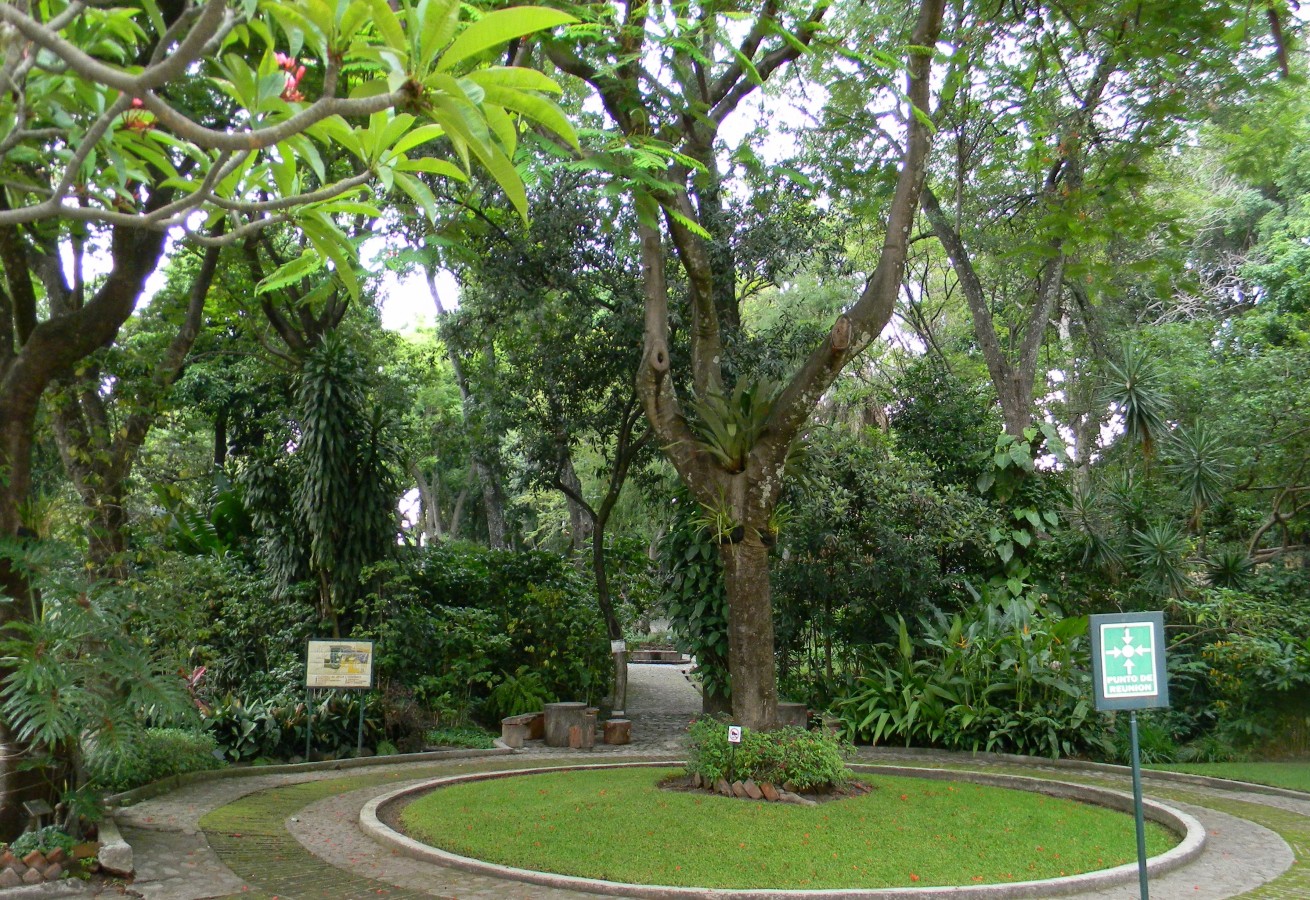The INAH Ethnobotanical Garden
The Ethnobotanical Garden represents the rich cultural and biological heritage of Mexico, specially concerning the historical development of traditional and herbal medicine. It is a space which has been used for research, conservation, outreach and exchanges between traditional and scientific practitioners.
The Ethnobotanical Garden is the result of research projects involving healers, herbalists, midwives, indigenous people, farmers, housewives, collectors and sellers of medicinal plants. The National Medicinal Plant Collection on display consists of orchids, xerophytes, low deciduous forest species, native and introduced plants, which are used as condiments, foodstuffs and ornaments.
There are specialist staff for the various areas: the Traditional Medicine Museum, the living collections, the propagation department, the seed collection, the herbarium, the library, the Wanda Tomassi cultural forum and the outreach, communication and education department.
Activities carried out in furtherance of the objectives include interviews with stakeholders involved in traditional medicine and herb collecting, the collecting of forest species, recording and documentation, maintenance, conservation, outreach and environmental education. Staff working on outreach programs take part in national and international academic events, organize courses, workshops, conferences and botanical walks with healers, students and the general public.
The Garden is a key site for the conservation of species at risk and in danger of extinction, for scientific research on ethnobotany, chemistry, pharmacology, biotechnology, history and ethnohistory. Another reason for its importance is that it is the only museum managed by the National Institute of Anthropology which represents the richness of the biocultural heritage of health and disease through traditional knowledge and the use of plants handed down from generation to generation.
These days it is known as the Casa de Maximiliano, the El Olindo country home built by Maximilian of Hapsburg, an historic building whose collections illustrate several aspects of the past, present and future of the tangible and intangible cultural heritage of Mexico. It is an enchanting place surrounded by majestic plants, with tortoises, fish and birdsong. The climate is wonderful, it’s a great place for walking, reading and rest. A truly special place for culture and nature lovers.
During a visit, we can see: medicinal plants in a variety of settings from wild to cultivated, introduced and native species, plants which farmers call weeds, the home garden setting, markets and tianguis, medicinal plants in the context of health food stores, supermarkets and occasionally in pharmacies.
When visiting the Garden it is worth finding out about the plant of the month, the botanical walks, the activities led by midwives and healers talking about their materials and therapies, particularly looking at plant remedies and traditional medicine. We can find out about the historical background to herbal treatments, how they have changed and their present-day importance; methods for preparing syrups, ointments, creams, tinctures, soaps and about ingesting small doses; the importance of home gardens, the propagation and cultivation of medicinal plants, how to set up a small-scale herbarium; and edible plants, animals and minerals. Treatments include: physiotherapy maneuvers such as massages and manteadas, some special exercises and the use of temazcal baths, cupping and cleaning as well as cures for indigestion, flatulence, babies’ rashes, hemorrhages, respiratory and circulatory problems and conditions affecting the mouth, skin and digestion. The materials used for treatments by healers depend on the nature of the ailment, the healer’s knowledge and the availability and cost of the treatment materials.







